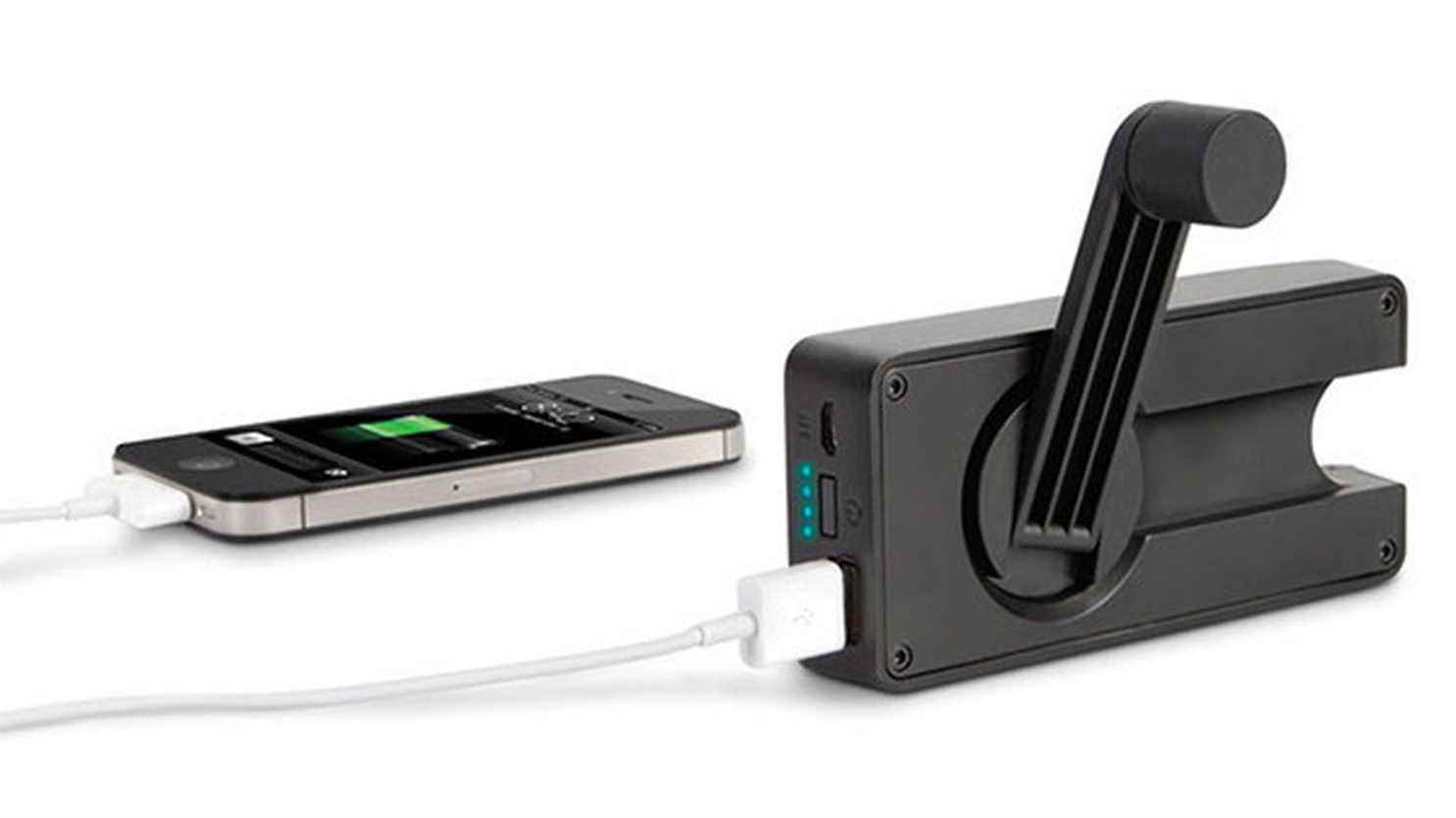In Ukraine, access to electricity is not only an issue for heating, storing food or turning on the light. Without electricity, there is no way to charge your mobile phone, which is essential for keeping in touch with loved ones, giving the alert and accessing information.
So, when it is no longer possible to recharge its internal battery because the electricity is cut, there are other ways to put a phone back on charge. These alternatives to the wall charger, which we list here, are obviously not all accessible, in a context of war like that of Ukraine at the moment, but they exist.
First solution, even if it is not in season in Ukraine: solar energy captured by photovoltaic panels. There are chargers of all sizes. Some are no bigger than a smartphone, others unfold like a briefcase. Beware of voltage variations: it is better to recharge an external battery rather than a telephone directly, as the latter risks not supporting the instability of the electrical flow. There are also external batteries with integrated solar panels: it is the most practical charger when you are deprived of electricity.
Second solution, the cheapest: a hand-cranked USB charger. Yes, elbow grease. You can find basic ones on the web for a few euros. Others, more robust and with integrated battery, cost several tens of euros. One minute to turn the crank, and that’s a few more minutes of charging.
https://www.youtube.com/watch?v=m6QcARtW9L0
Sometimes the most basic solutions are the best. In the absence of an alternative charger, we can fall back on a simple 9V battery, a smartphone charger with cigarette lighter socket, a screw and, if possible, adhesive tape to hold the assembly together: we will simply make contact between the two poles of the battery and the car charger (the screw is used to make the contact for the second pole). Connect the car charger cable to the smartphone and charging starts instantly.
In the absence of a 9V battery, to grab a few % of autonomy à la Mc Gyver, you can also transform a lemon into a battery, with a few copper screws, electrical wire and a smartphone charging cable whose ends are bare . YouTube is full of tutorials, which unfortunately require Internet access.
Along with solar energy, wind and water can also be used: the wind with a charger equipped with a wind turbine: a propeller on a tripod that is fixed to a window, or that is placed open air; water with a hydraulic power generator, certainly more suitable for rural areas.
It is a small cylinder ending in a propeller that will be immersed against the current in a stream. The rotation will recharge an integrated battery which, in turn, will charge the smartphone.
More surprising: a portable stove that transforms the heat of the flames into electricity. You ignite a few branches in its vertical tray at the back, and the built-in battery begins to charge. All that remains is to connect your smartphone via the USB socket.
And then there is this idea of charging your smartphone while sleeping, and more precisely in a rather special sleeping bag. This will recover the heat and kinetic energy of body movements during sleep: these movements cause deformations of the fibers of the sleeping bag which transforms them into energy.
An eight-hour night provides enough energy to save nearly 25 minutes on the phone. Unfortunately, this sleeping bag imagined by the University of Southampton, and supported by a British telephone operator has not – not yet? – leading to a commercial product. However, it would be very useful, in Ukraine and elsewhere.
